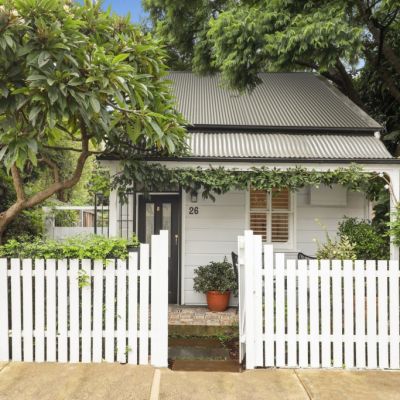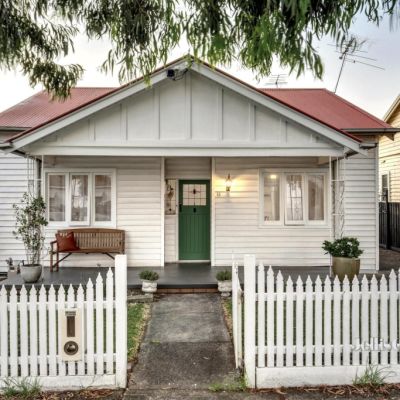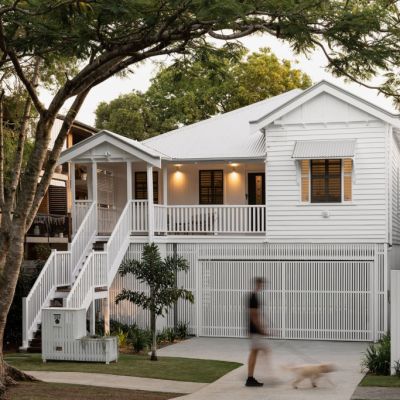Screws tighten on Aussie renters as vacancy rate dips but help is on the way
Australia’s vacancy rate dipped back again to a record, painful low, but some help could be on the way.
And it comes in the form of first-home buyer assistance.
Conditions in the Aussie record market continue to be tight, with the national vacancy rate at 0.8 per cent, but the threads are loosening – the average views per rental listing in January, on Domain, was lower when measured annually.
This indicates slightly less competition between renters for properties the latest Domain Vacancy Rate Report says.
Although prices are expected to stay high, because of lack of supply, price growth is anticipated to lose steam and slow this year, according to Domain.

Domain’s Vacancy Rates Report data for January 2024
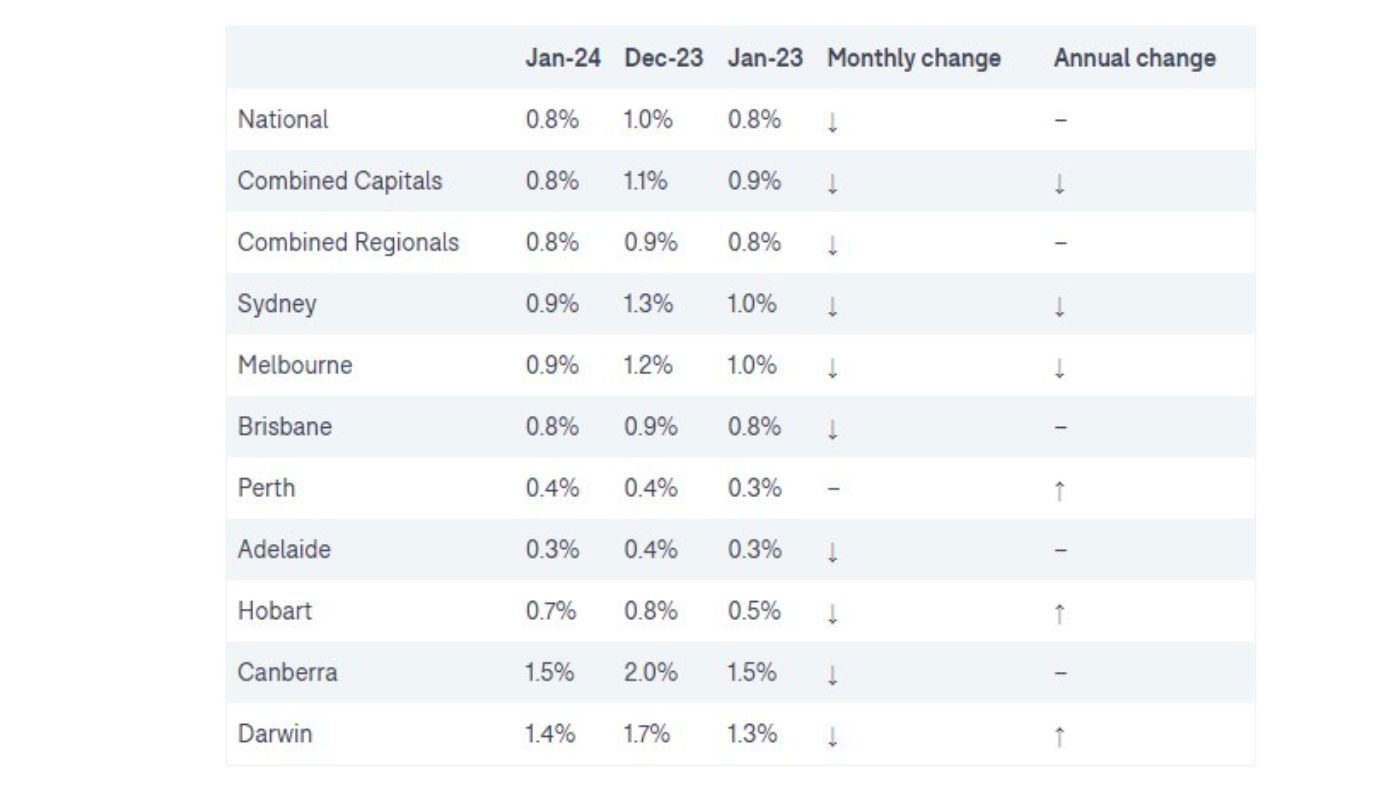
The vacancy rate nationally has plonked back down, month-on-month, to 0.8 per cent, returning to where it was in January 2023.
A brief seasonal relaxing of the vacancy rate – it expanded to 1 per cent in December – is over, consolidating once again.
First-home buyer programs and incentives this year – including the federal government’s Help to Buy scheme and state-level packages – may shift some renters into the owner-occupiers, and make more rentals available. This could see the vacancy rate loosen as renters stuck in a cycle of leases, over many years, become homeowners.
Sydney’s vacancy rate is at an all-time low of 0.8 per cent, and Melbourne, Adelaide and Perth are close to an all-time low, Domain’s chief of economics and research Dr Nicola Powell says in the report.
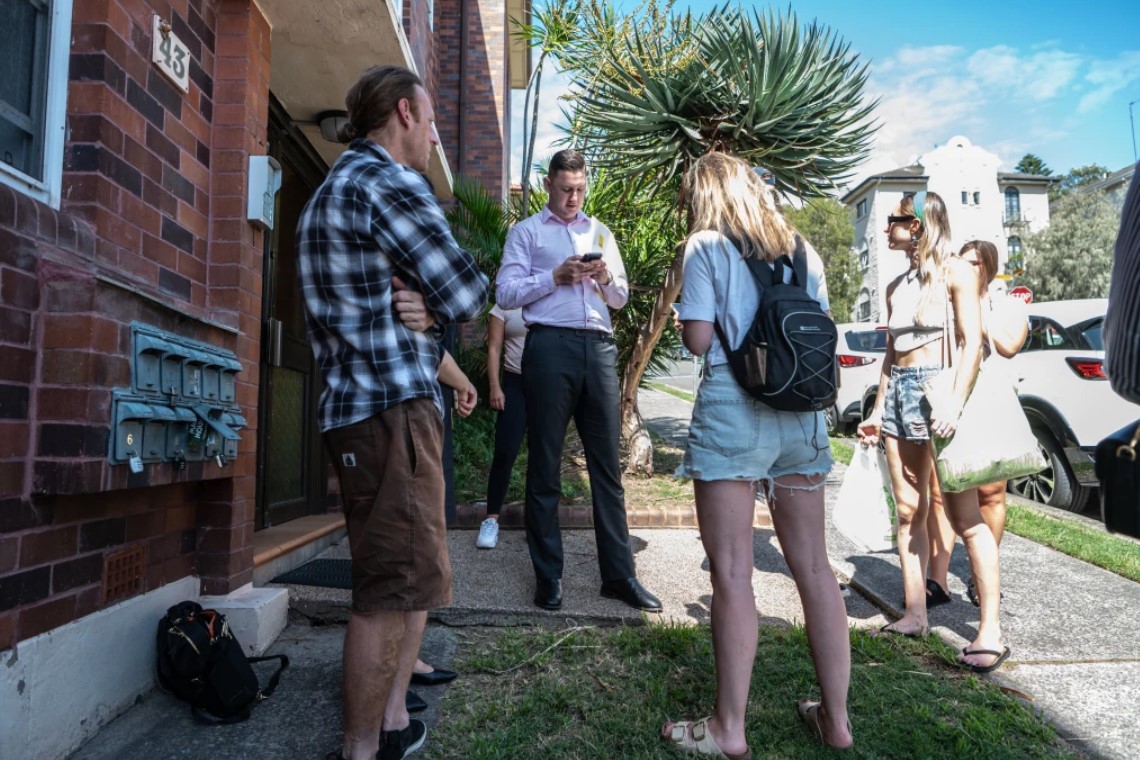
“It was expected that the rental market would tighten in January as the increased demand absorbed December’s supply boost,” she says.
“The glimmer of hope for renters this year does remain as we are likely moving into a period of slower rental growth and the number of prospective tenants per rental listing is easing.
“This suggests that rental demand is pulling back and while it hasn’t been enough to boost the vacancy rate, it could be on the horizon.”
Dr Powell says the impact of potential interest rate drops and first-home grants will flow to the rental market.
“We are also likely to see some renters transitioning to homeownership with the new first-home buyer incentives in place along with a potential interest cut that will improve borrowing capacity and mortgage affordability,” she says.
“We anticipate a tipping point to be reached at some stage this year, making a return to a more balanced rental market.”
We recommend
We thought you might like
States
Capital Cities
Capital Cities - Rentals
Popular Areas
Allhomes
More
